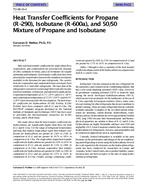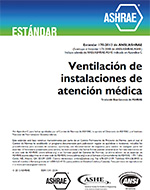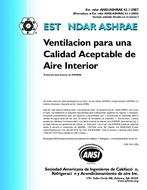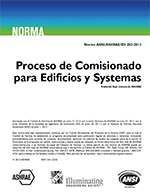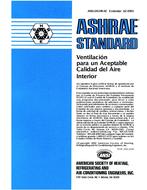Description
Tube-side heat transfer coefficients for single-phase flow, evaporation, and condensation are presented for propane (R-290), isobutane (R-600a), and a 50/50 mixture (by weight) of propane and isobutane. Heat transfer coefficients have been presented for smooth tubes based on the standard correlations available in the literature for pure refrigerants. The correlations for evaporation and condensation have previously been verified for R-12 and other refrigerants. The mass flux of the refrigerant is varied over a wide range that is typically encountered in residential, commercial, and automotive applications. Evaporation temperatures of -6.7°C (20°F) and 4.4°C (40°F) and condensation temperatures of 37.8°C (100°F) and 48.9°C (120°F) have been used for this investigation. The heat transfer coefficients for hydrocarbons (R-290, R-600a, R-290/R-600a) have been compared with R-12 and R-134a. The REFPROP computer program developed by the National Institute of Standards and Technology (NIST) has been used to determine the thermodynamic properties for R-290, R-600a, and R-290/R-600a.
This study shows that the heat transfer coefficients for hydrocarbons are significantly higher than those for both R-12 and R-134a. For the range of refrigerant temperatures and mass flux studied, single-phase vapor heat transfer coefficients for hydrocarbons are greater by 234% to 259% in comparison to R-12 and are greater by 167% to 181% in comparison to R-134a. The single-phase liquid heat transfer coefficients for hydrocarbons are greater by 193% to 245% in comparison to R-12; and are greater by 155% to 198% in comparison to R-134a. Average evaporative heat transfer coefficients for hydrocarbons are greater by 194% to 238% in comparison to R-12 and are greater by 157% to 192% in comparison to R-134a. Finally, average condensing coefficients are greater by 220% to 233% in comparison to R-12 and are greater by 177% to 187% in comparison to R-134a.
Tables 3 through 6 show a summary of the heat transfer coefficient enhancement of the hydrocarbons in comparison to both R-12 and R-134a.
Units: Dual
Citation: Symposium, ASHRAE Transactions, 1998, Vol. 104, Part 2, Toronto, ON
Product Details
- Published:
- 1998
- Number of Pages:
- 14
- File Size:
- 1 file , 280 KB
- Product Code(s):
- D-7757
